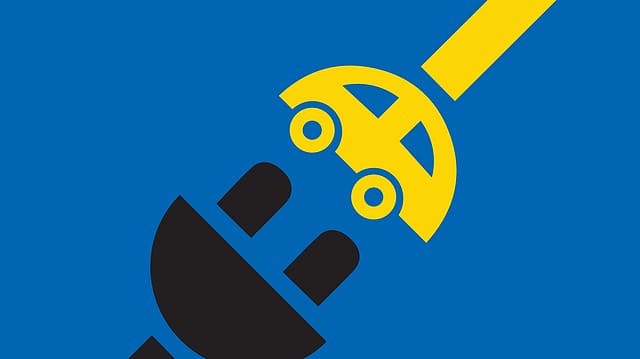Inside NITI Aayog's draft battery swapping policy
ADVERTISEMENT

Government think tank NITI Aayog has released the draft of its battery swapping policy which aims to promote swapping of batteries as an alternative to charging facilities.
The draft policy looks to decouple an electric vehicle (EV) and its battery by enabling the use of the battery as a service (BaaS), without ownership of the battery.
This comes at a time when India is looking to decarbonise the road transport sector and transition to clean mobility. In her Budget speech earlier this year, finance minister Nirmala Sitharaman had announced the battery swapping policy in order to improve efficiency in the EV Ecosystem.
The policy seeks to level the playing field across business models involving the sale of EVs with fixed or swappable batteries. "It is proposed that demand side incentives offered under existing or new schemes for EV purchase can be made available to EVs with swappable batteries eligible under this policy. The size of the incentive could be determined based on the kWh rating of the battery and compatible EV," the draft read.
To formalise the possible subsidy scheme, an appropriate ongoing scheme may be revised, or a new scheme may be launched, the policy said. "The scheme may also set eligibility criteria based on performance for EVs and swappable batteries (aligned with requirements under FAME II) to ensure only high-quality EVs and swappable batteries get the incentives," it added.
January 2026
Netflix, which has been in India for a decade, has successfully struck a balance between high-class premium content and pricing that attracts a range of customers. Find out how the U.S. streaming giant evolved in India, plus an exclusive interview with CEO Ted Sarandos. Also read about the Best Investments for 2026, and how rising growth and easing inflation will come in handy for finance minister Nirmala Sitharaman as she prepares Budget 2026.
It also aims to promote better lifecycle management of batteries, including maximising the use of batteries during their usable lifetime, and end of life battery recycling. To implement unique traceability across the battery lifecycle, an unique identification number (UIN) shall be assigned at the manufacturing stage for tracking and monitoring EV batteries, the draft noted.
The policy proposes to install battery swapping stations at several locations like retail fuel outlets, public parking areas, malls, kirana shops and general stores among others.
NITI Aayog has invited comments on its draft policy until June 5.
Key objectives
The key objectives of this policy include promotion of swapping of batteries with Advanced Chemistry Cell (ACC) batteries to decouple battery costs from the upfront costs of purchasing EVs. To aid domestic manufacturing of batteries, the Centre had earlier announced a production-linked incentive (PLI) scheme for advanced chemistry cell (ACC) batteries worth ₹18,100 crore.
The draft policy intends to encourage partnerships among battery providers, battery OEMs and other relevant partners such as insurance and financing to build ecosystems capable of delivering integrated services to end users.
To drive EV adoption, the policy highlights the ways in which various national and sub-national government agencies and public sector enterprises (PSEs) may provide direct and indirect financial support to battery providers (for the cost of batteries) and EV users (for the upfront cost of purchasing EVs).
India's e-mobility revolution is led by the two-wheeler (2W) and three-wheeler (3W) vehicle segments. Two-wheelers account for 70-80% of all private vehicles, whereas three-wheelers play a critical role for last mile connectivity in cities.
Battery swapping, an alternative which involves exchanging discharged batteries for charged ones, is popularly used for smaller vehicles such as two- and three-wheelers which have smaller batteries that are easier to swap.
While the upfront costs for EVs are typically higher than internal combustion engine (ICE) counterparts, these are offset by lower operations and maintenance costs over its lifetime which has brought the total cost of ownership of electric vehicles on par with ICE vehicles.
During the COP26 summit in Glasgow, India committed to reduce carbon emission intensity by 45%, and take our non-fossil energy capacity to 500 GW by 2030 and meet 50% of its energy requirements from renewable energy by 2030, and finally achieve the net zero target by 2070.
